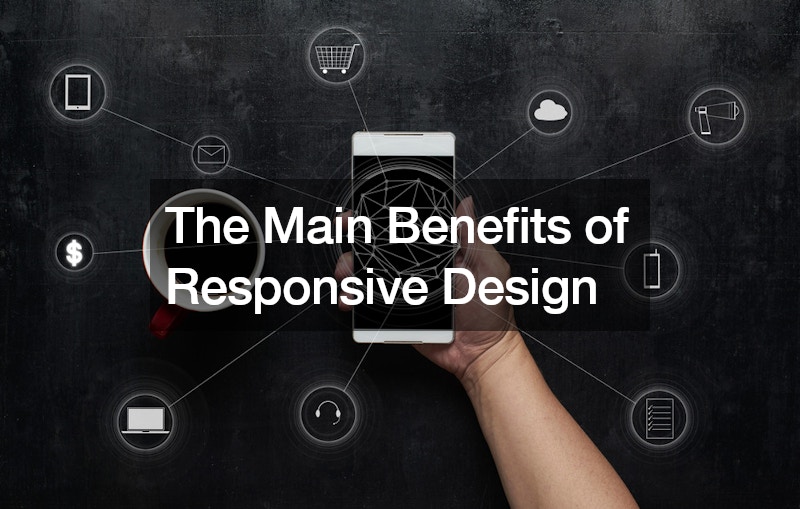
Responsive design has become an essential component of modern web development, offering numerous benefits that enhance user experience, optimize performance, and drive business growth. One of the primary benefits of responsive design is its ability to adapt and optimize a website’s layout and content across various devices and screen sizes. This ensures a consistent and seamless user experience, regardless of whether visitors are accessing the site from a desktop computer, tablet, or smartphone.
Additionally, responsive design contributes to improved website performance and loading times. By utilizing flexible grids, images, and CSS media queries, responsive websites can deliver optimized content that loads quickly and efficiently, reducing bounce rates and enhancing user engagement. This not only improves user satisfaction but also positively impacts search engine rankings, as search engines like Google prioritize mobile-friendly websites in their search results.
Responsive design simplifies website management and maintenance. With a single responsive website that adapts to different devices, businesses can streamline content updates, implement changes, and ensure consistent branding across all platforms. This not only saves time and resources but also eliminates the need for separate mobile and desktop websites, reducing complexity and enhancing overall website performance. The benefits of responsive design extend beyond aesthetics, offering tangible advantages that improve user experience, increase website performance, and drive business success in today’s increasingly mobile-centric digital landscape.

